The Second World War came to an end in 1945, but that doesn’t mean our games of Bolt Action have to! I’m not talking about Konflikt ’47, but rather Bolt Action Korea! With this supplement, you can refight the battles of 1950-53 on the Bolt Action tabletop, making use of some of your existing collection and some snazzy new models from the Korea range! Let’s look at what’s different, what’s the same, and what’s fun and funky to play with!
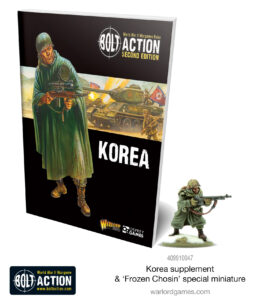
While the Korean War saw a number of enormously significant technological advances – most particularly the widespread deployment of jet aircraft and helicopters – infantry doctrines remained, at their core, men armed with rifles and submachine guns much as they had been in the Second World War. This means that there’s no need to massively alter the basic rules of Bolt Action – instead, the game plays using exactly the same mechanics, with new units, special rules, and scenarios to give it that Korean War ‘flavour’!
One of the first things we can see is that while all the new armies (Republic of Korea, US/UN (United Nations), British Commonwealth, North Korea, and China) have their own unique look and feel, they are broadly similar to their late Second World War counterparts (with the Communists unsurprisingly following Soviet doctrine and using largely Soviet equipment). Interestingly, however, none of the belligerents had yet adopted the select-fire rifles (which we would classify as Assault Rifles in Bolt Action) that later came to define modern infantry combat – though the Soviets had by this time developed the earliest examples of the iconic AK-47, production issues precluded its deployment to their allies in Korea. This means that the elite 10-man assault-rifle-toting squads beloved of late-WW2 German players are nowhere to be seen on the Bolt Action: Korea battlefield!
As we discussed in a previous article on late-war armies, one of the biggest areas of development and change (both in real life and on the tabletop) was in armoured vehicles, and commensurately anti-tank weaponry, and this continues into Korea. While many vehicles and guns will be familiar, such as the T-34/85 and 17 pdr gun, the future direction of armoured combat is rapidly becoming clear, as revolutionary new designs like the Centurion (arguably the world’s first true main battle tank) enter the fray, and infantry anti-tank weapons like the M20 Super Bazooka become more widespread – this means that the destructiveness of individual units is greatly increased, requiring a significant degree of tactical consideration – units caught in the open are far more likely to be destroyed in a single shot.
All of this is not to say that the tabletop battlefields of Korea are dominated solely by big tanks and bigger guns! The Chinese and North Korean armies in particular can employ tactics and doctrines that will be familiar to many regular Bolt Action Soviet players, with LMG and SMG squads able to lay down serious firepower (albeit for a lot of points), cheap and (not so) cheerful Conscript squads, along with the frankly bonkers Chinese Grenadier Squads, with the Fieldcraft special rule, a big sack of hand grenades… and not much else! With the ubiquitous T-34/85 and a few other ex-Soviet armoured vehicles and artillery on hand, they’re simultaneously familiar enough to pick up and play easily and different enough to present a fun new challenge. The models themselves are an awesome painting project, but simple enough to get plenty of bodies on the tabletop quickly.
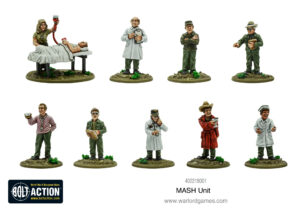
On the other side of the war, the US and UN forces (the majority of whom utilised mostly surplus US equipment and so use the US army list) are in many respects little-changed from the Second World War – indeed, many of them were veterans of the previous conflict! With the very best kit of the 1940s augmented by helicopters, jet aircraft (making the already-dangerous US airstrikes even better!) and all the discipline and manpower of a nation now well-prepared for conflict. Perhaps the most iconic image of a Korean War US force would be the US Marine Corps or US Army troops shivering in frigid winter conditions – our Winter US figures are ideal for representing these incredibly hardy men.
Equipped and modelled along US lines, the Republic of Korea (ROK) armed forces were primarily infantry-focused, especially in the early part of the war. Capable and determined fighters, their relative lack of heavy equipment presents a fantastic challenge, particularly for veteran players, and lend themselves to what I would consider quite a ‘mid-war’ style force in WW2 parlance, with plenty of regular infantrymen able to capture objectives and hold their own in combat, and with limited but potent armoured options later in the war can be a rock-solid force when handled well.
The British and Commonwealth forces in Korea were an interesting transitional force. Staffed by a good mixture of WW2 veterans and raw recruits undertaking their National Service, the infantry was equipped in essentially the same manner as they had been during the Second World War, with the trusty Lee-Enfield and Bren gun – likewise, much of the supporting equipment was the same as had been used in the 1940s, although much like the US, the British forces made effective use of a variety of helicopters. Where a British Commonwealth force really shines in Bolt Action Korea is in its armoured options. The excellent later models of Churchill (including the AVRE with its fearsome petard mortar) will give good service with their thick armour, but of course the real highlight is the now-legendary Centurion Mk III with its monstrous firepower. While there are a number of ways to construct a British force, a Centurion must surely be the centrepiece de rigeur for any self-respecting tread-head!
One of the best things about Bolt Action: Korea is that the forces only play against each other – essentially, this creates a whole new ‘meta’ for Bolt Action, meaning tried-and-true lists and strategies may not work – for those of us of a competitive bent, this is both a great palette cleanser and a fun new challenge – what’re we waiting for?
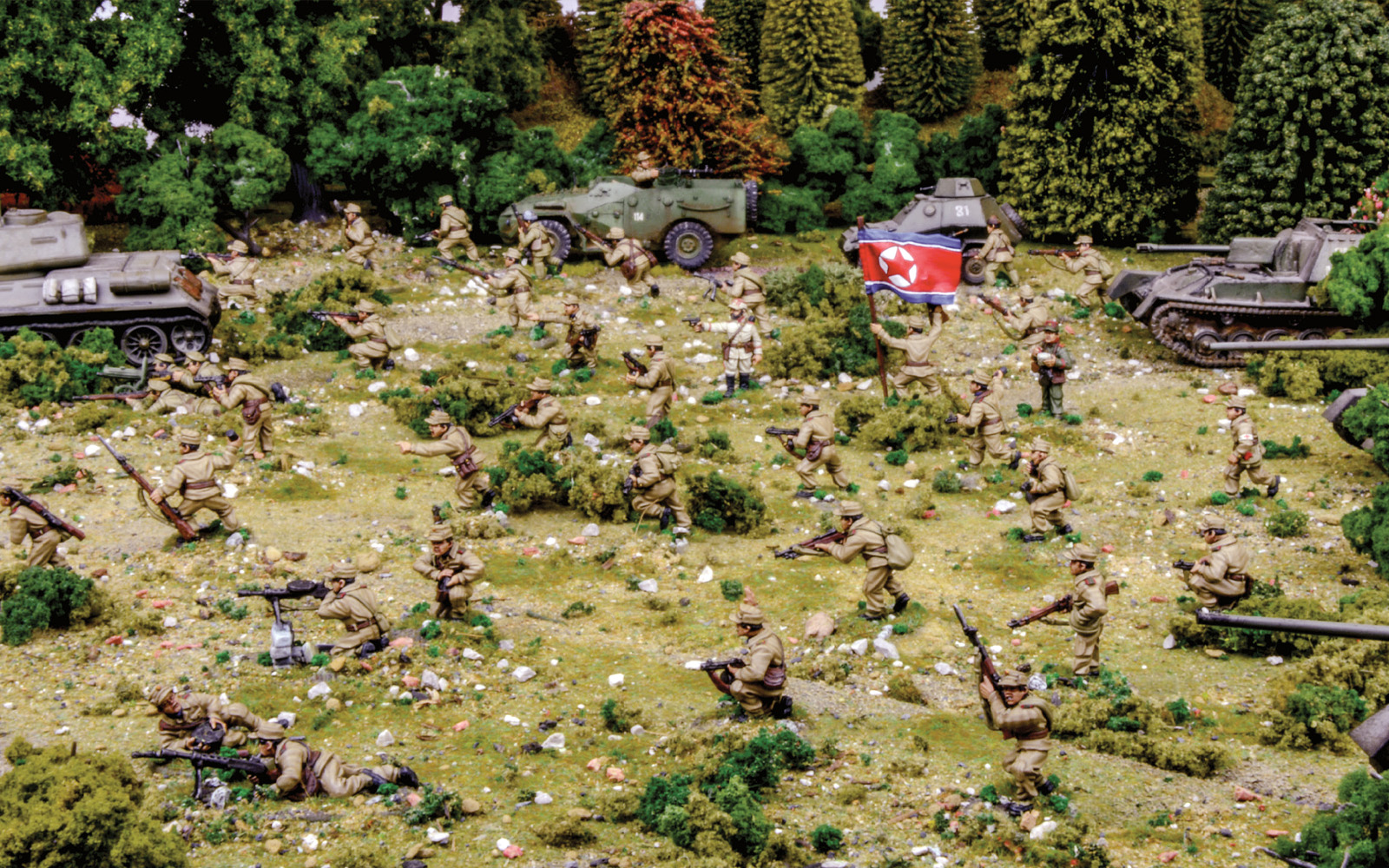
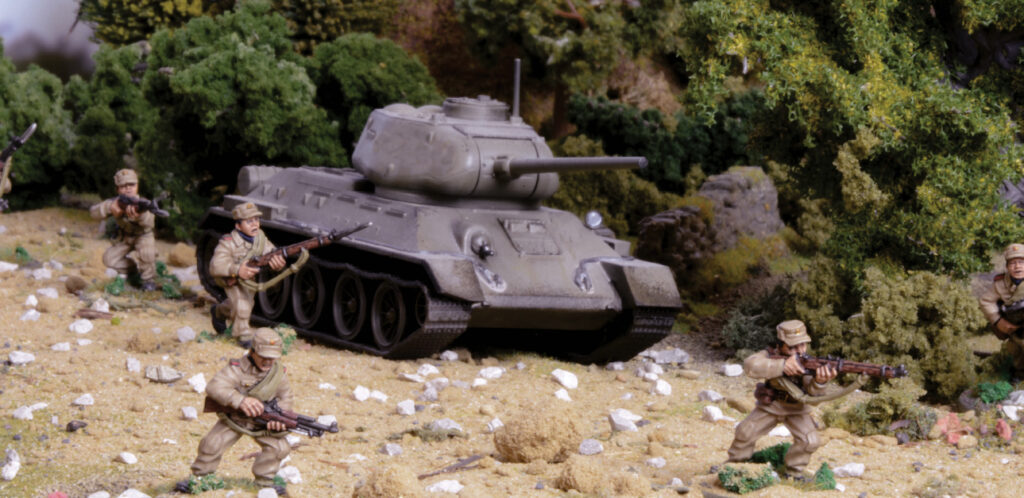

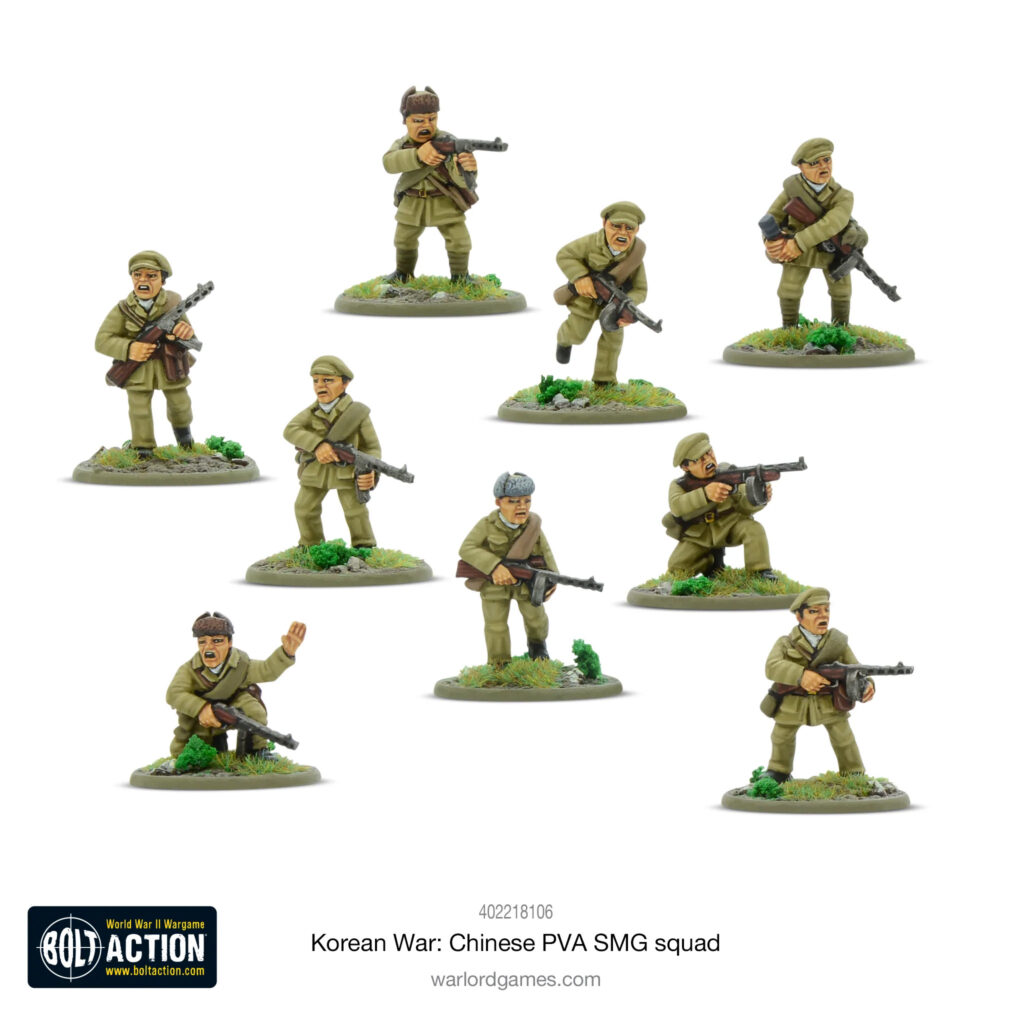
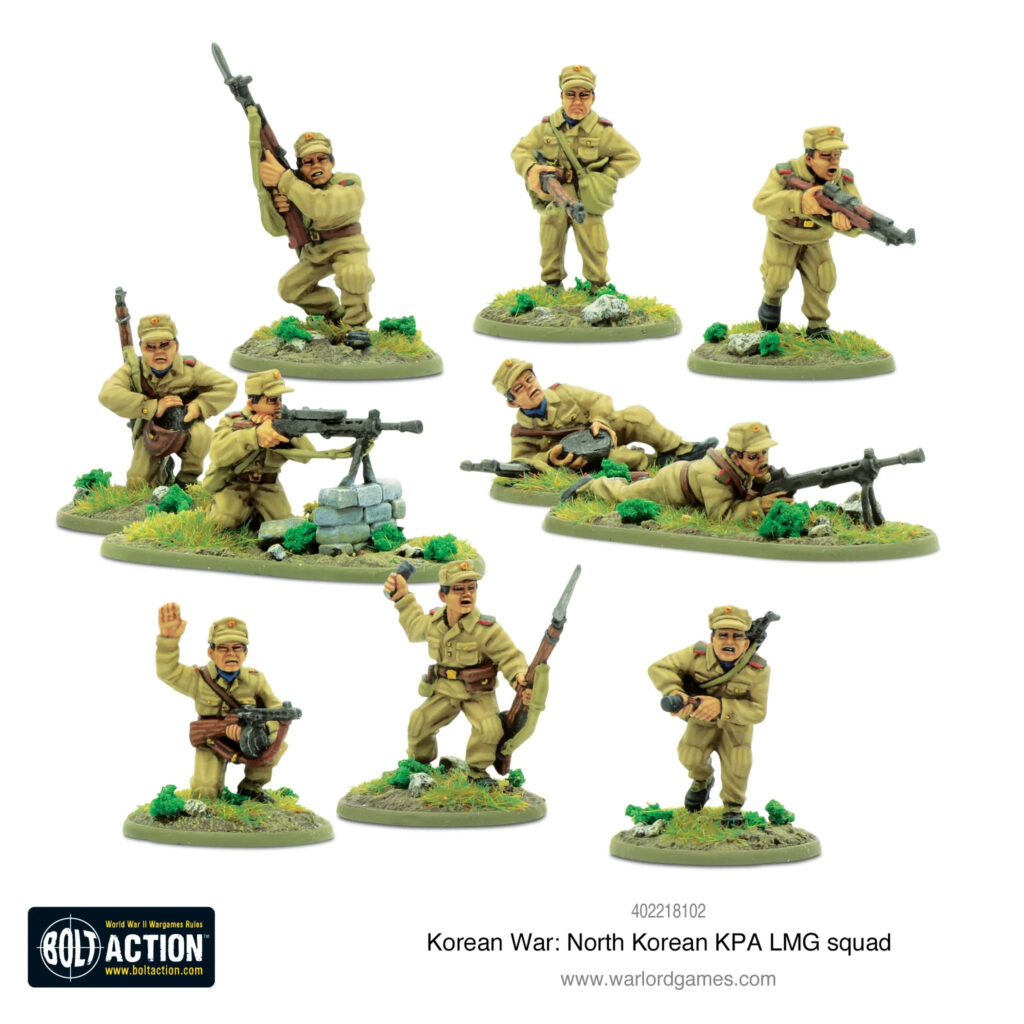
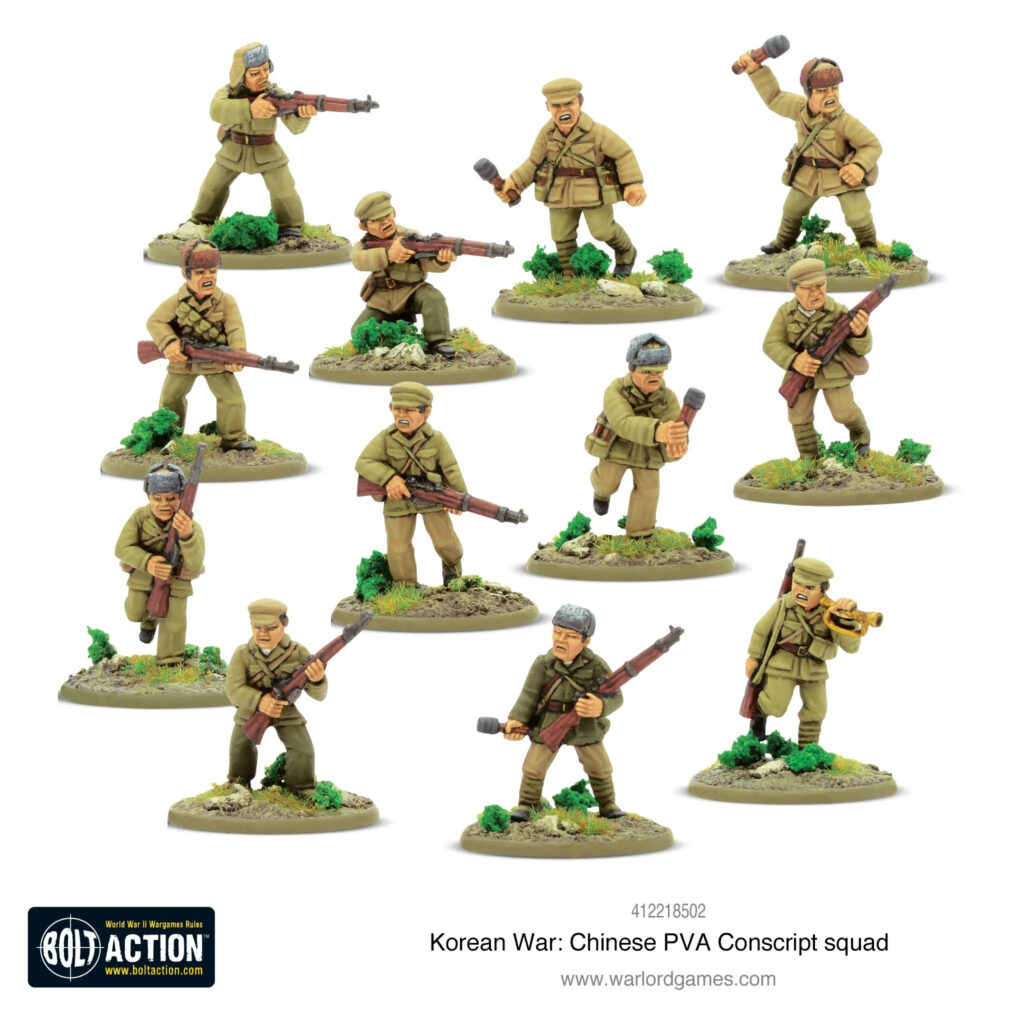
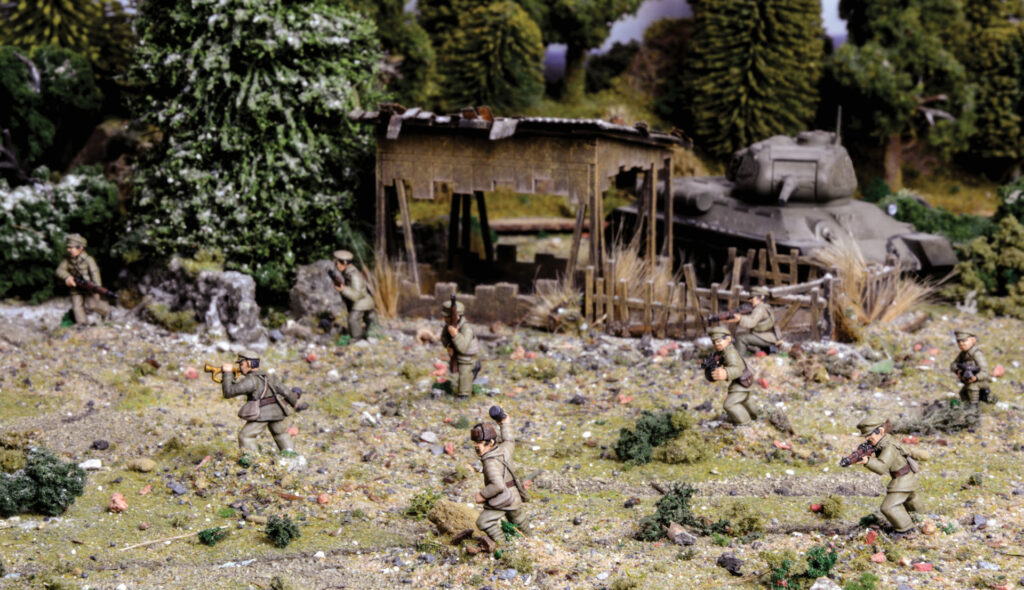
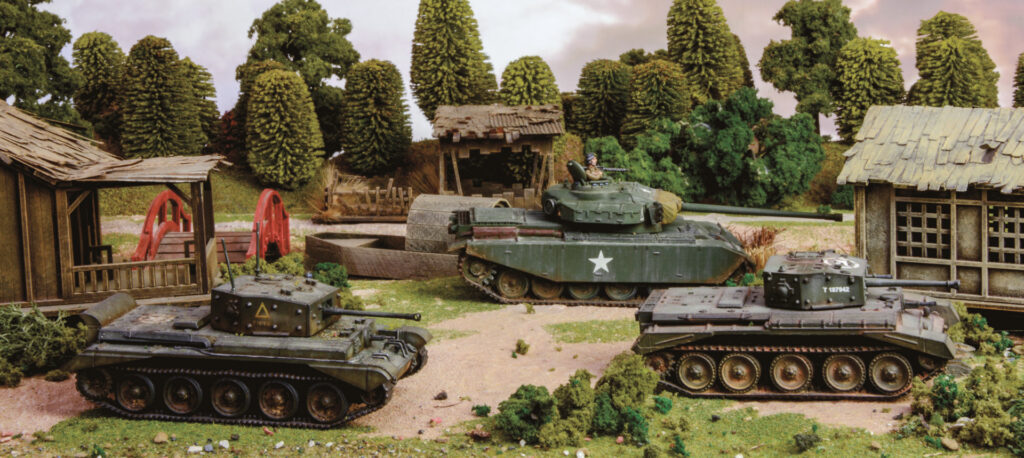
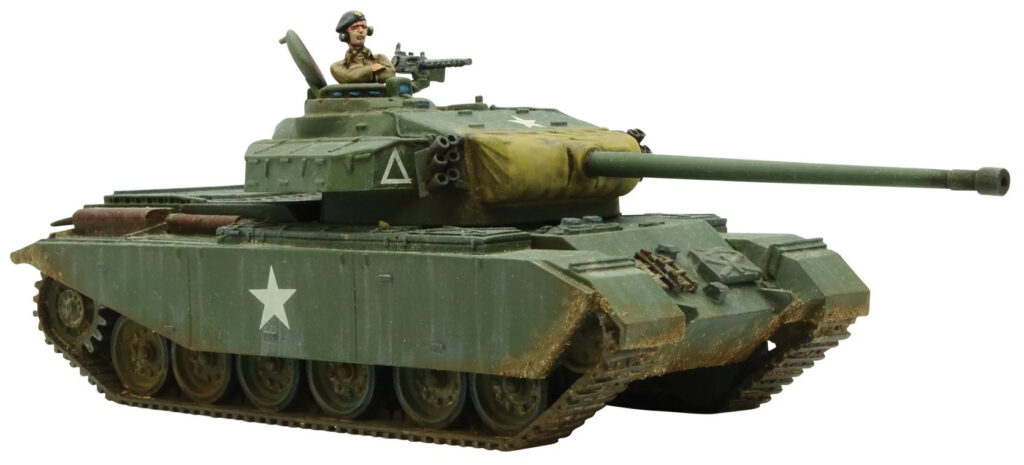
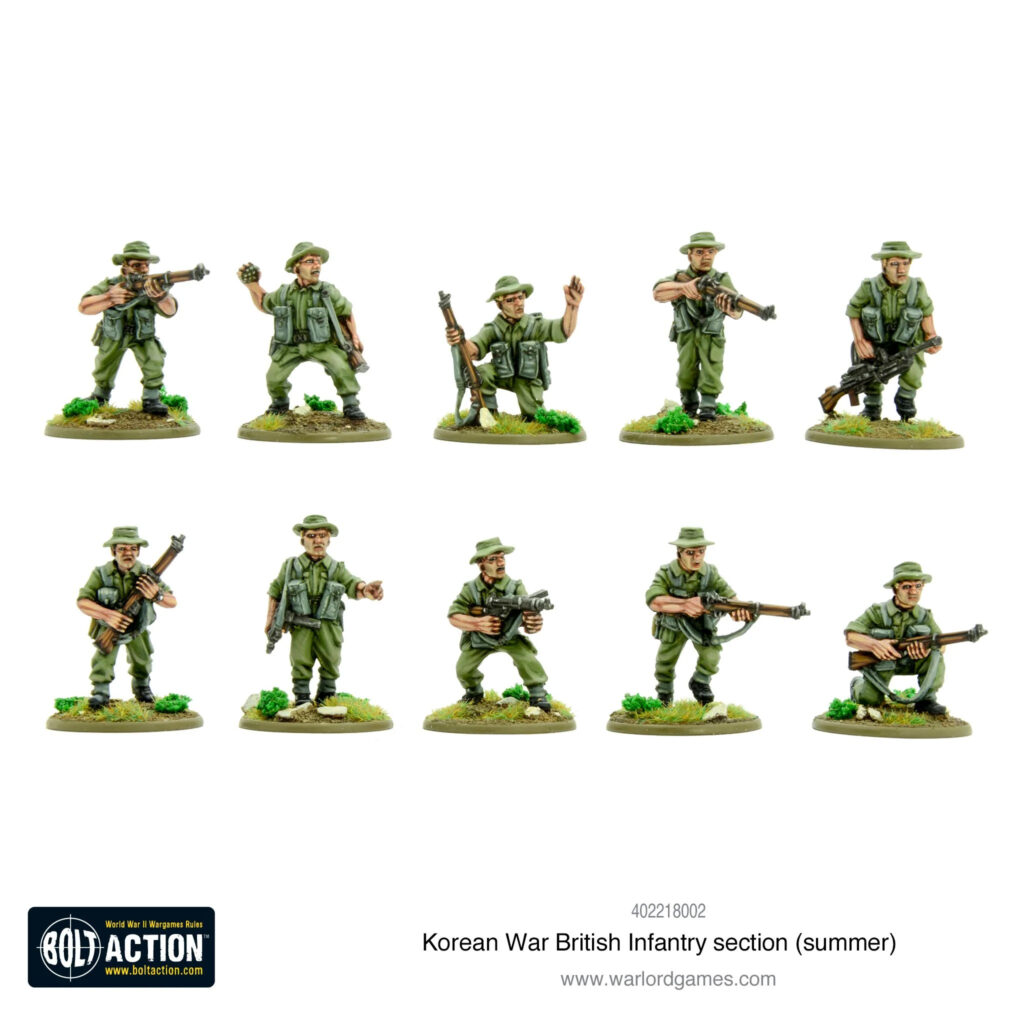
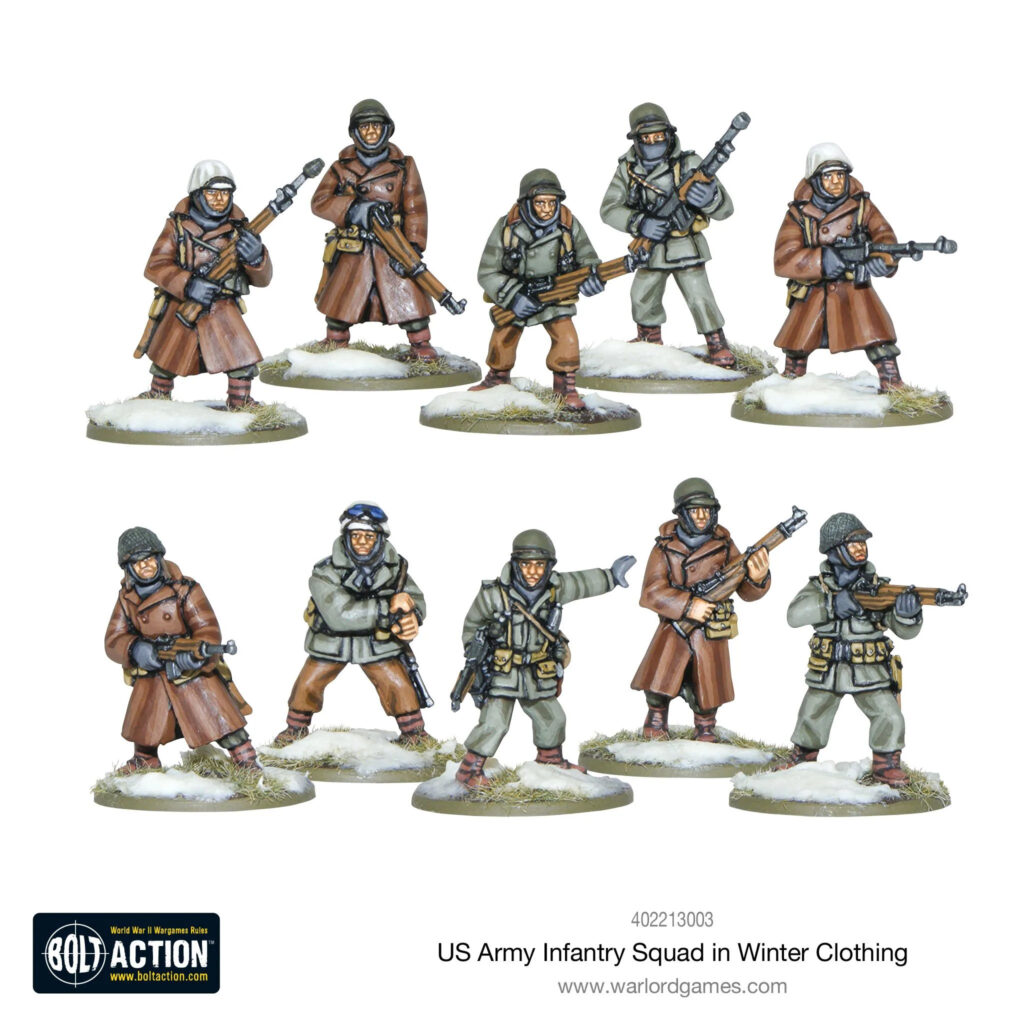
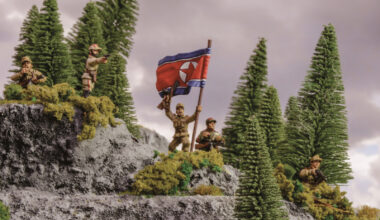
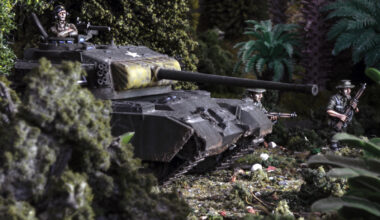
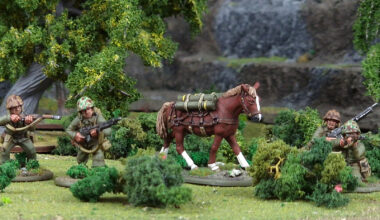
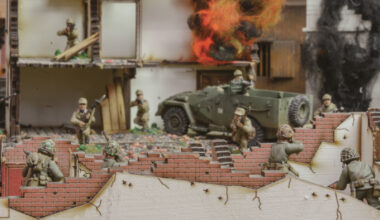
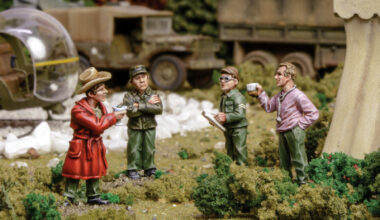
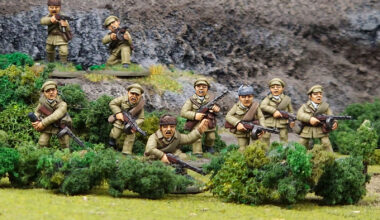
1 comment
Excellent comments about the Korean War, contained the first battles of the cold war, which even could have gone nuclear.
Comments are closed.